How Scottish anglers helped save the flapper skate
The flapper skate grows to be 9ft long and 6ft wide. They mature at about twenty. They can live as long as a century, so there are skate in our waters that have lived through WWII. But we’ve not been respecting our elders, and with commercial fishing, the flapper skate have been getting dangerously close to oblivion.
An angler saw that his local species were in trouble
Several years back, Charter boat skipper Ian Burrett read in a commercial fishing magazine that there was a new market for Scottish tope. He’s already seen the once prolific Spurdog disappear entirely from his local waters, and didn’t want to see the same thing happen to another species.
So, Ian took action and started the Scottish Shark Tagging programme.
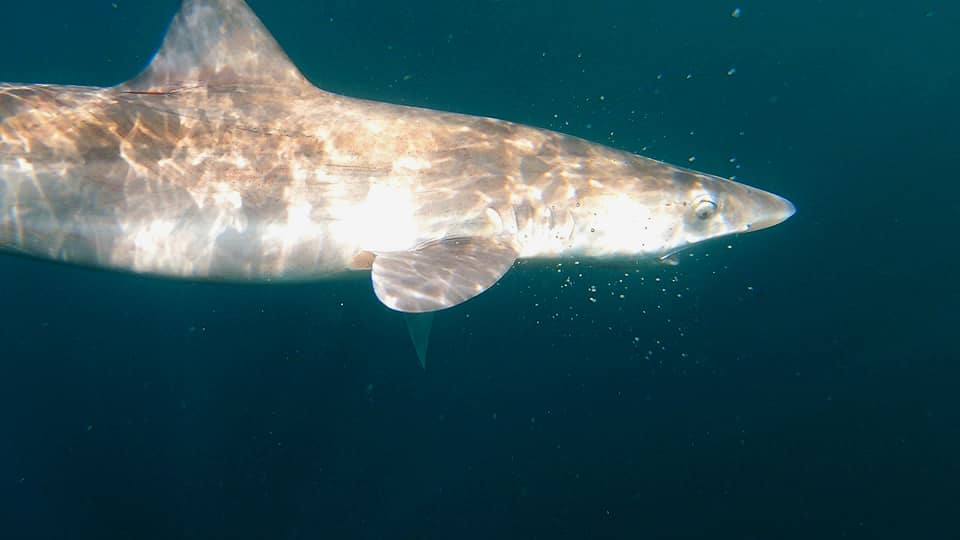
He needed to collect data to prove that these fish needed protection
Through this tagging programme, he intended to seek protection for the skate, spur dog and tope he was catching onboard his vessel. Ian is skilled at landing skate. He catches them using a short hook length with a 12/0 hook and 200lb mono and has rods custom built for this purpose. He knew that in order to secure protection for the species, he needed data. For that, he needed to start tagging his catch before release.
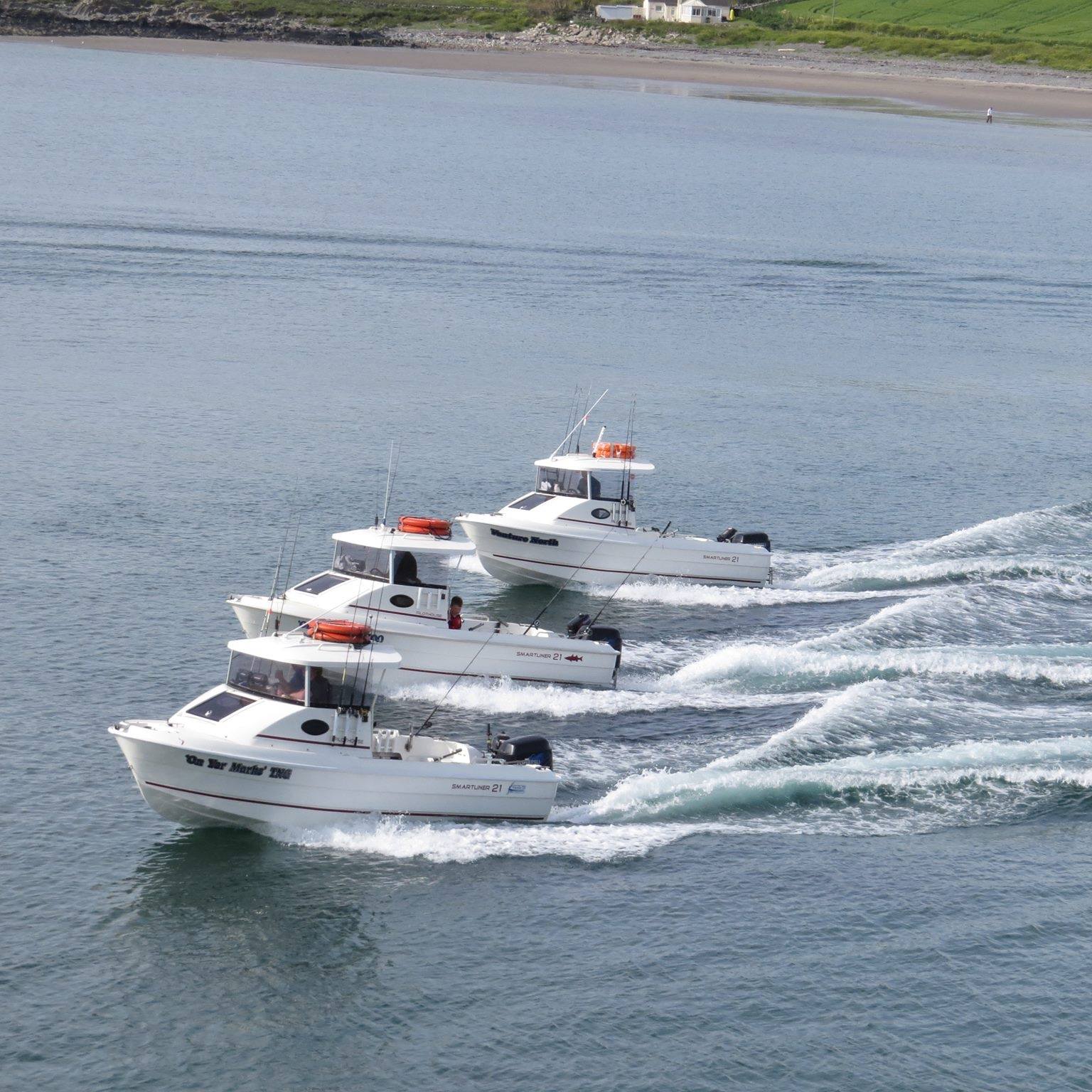
What Ian needed was scientists that would be able to make use of his local fishing knowledge for data collection. Ian’s project received funding, and a young researcher – James Thorburn, joined the Scottish Sea Angling Conservation Network.
James was conducting a study in southwest Scotland to gather data on three species of fish – spurdog, flapper skate, and Porbeagle sharks. An ideal collaboration.
Together, they began putting satellite tags on skate. This would allow them to discover the migration patterns of this mysterious species.
Dr James Thorburn got involved
To understand how data is collected on skate species, we got in touch with James, a shark expert and Postdoctoral Researcher at Queens University Belfast.
“Anglers are actually some of the best sources of data we have in coastal waters. They act like multiple monitoring stations. And if we can get that data and knowledge off them, we’ve got a much better chance of understanding what’s going on in our coastal waters.”
Anglers can collect high quality data for scientists
“When you put an acoustic transmitter on a fish, it constantly transmits a signal. You then put a series of receivers – specialised hydrophones – in the water and leave those in place.
Every time that a tagged fish swims within about 500 metres of the receiver, its presence is recorded. For the skate, the angling data was hinting at residency because the same fish were caught time and time again. The west coast of Scotland just seems to be a natural refuge for them.”
This data helped prove the high levels of residency in the Loch Sunart to the Sound of Jura MPA, showing it was appropriately designated, but it also beginning to show much wider connectivity between southern Scotland, where Ian works, and Northern Ireland.
“We can undertake additional research when we land a fish. We take small tissue samples for genetics and can undertake ultrasound to look for the presence of eggs and the development state of the reproductive system.” James told us that while there are other ways to tag fish, angling vessels are one of the best. He also pointed out that the skate go back to sea ‘relatively unstressed’ and have a very high survival rate.
A new marine protected area was created in Scotland
With the support of Glasgow Museum Tagging Programme, the Scottish Sea Angling Conservation Network collected enough data on skate to propose that the waters around the Isle of Mull be protected to support flapper skate conservation.
Working with scientists at Scottish Government, this was successful, and in 2014 the Loch Sunart to the Sound of Jura Nature Conservation ‘Marine Protected Area‘ was designated.
But do Marine Protected Areas actually protect anything?
To learn more about Marine Protected Areas, FISHMAG got in touch with the Policy Manager at Blue Marine, a leading charity that lobbies government.
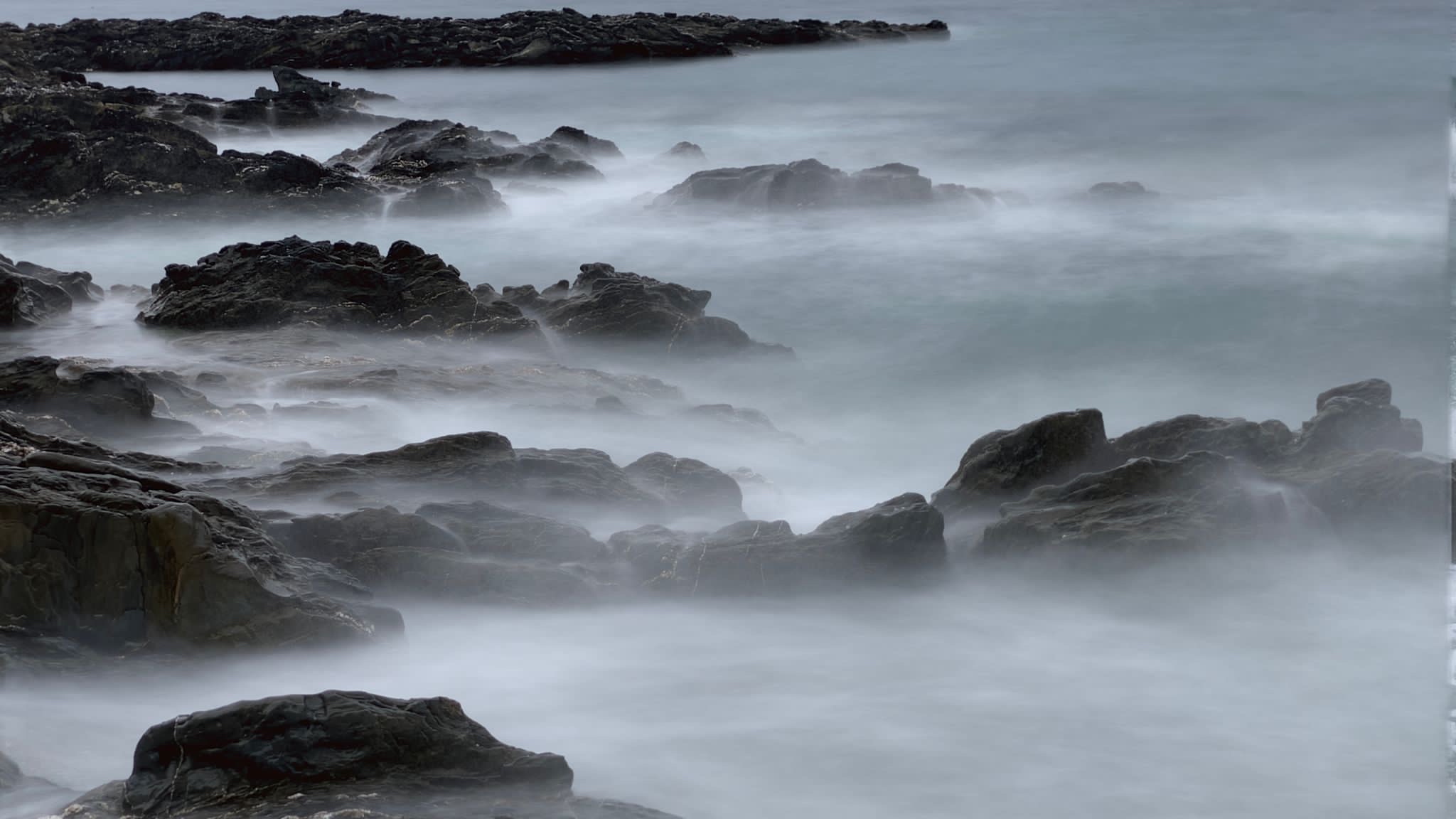
We asked Jonny, Policy Manager at Blue Marine
What is a ‘Marine Protected Area’?
“Most of them are paper parks.” Jonny began telling us. He pointed out that despite there being a significant number of marine parks, all but a few still allow trawling. “An MPA that allows trawling is not protected from anything. It’s the equivalent of a protected forest that allows widespread logging.”
After hearing this, we began to wonder if the skate success story was too good to be true. If you check on Marine Scotlands website for the MPA, it describes the protections as follows: “No suction dredging, mechanical dredging, beam trawling, demersal trawling, bottom-set nets or demersal long-lining within the MPA. Derogation to allow mechanical dredge or demersal trawl (without tickler chains) in specific zones.”
Trawler boats are allowed to fish inside the MPA.
When you first read that, it sounds great – ‘no mechanical dredging’. Then the next sentence tells you that mechanical dredging actually is allowed inside the Marine Protected Area!
Jonny from Blue Marine said its very difficult to enforce using different trawling methods in an MPA. If an area is supposed to be protected, then he reckons trawling shouldn’t be allowed at all. We’re no experts, but this seems like fairly common sense!
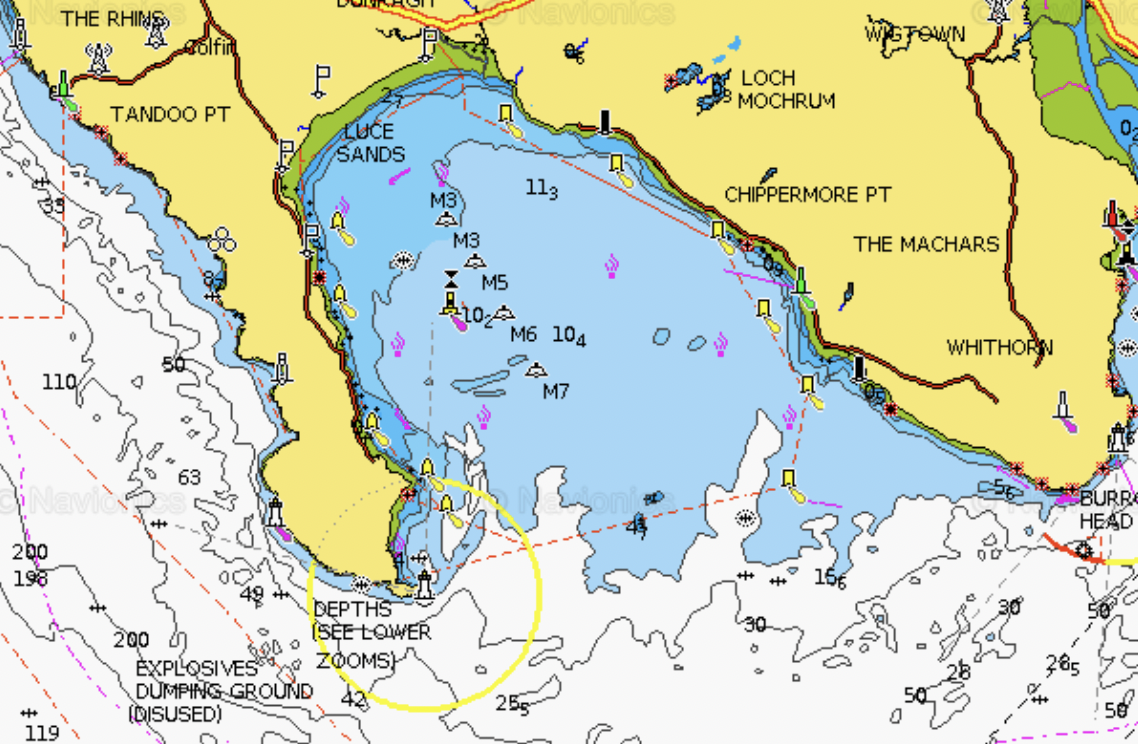
But the MPA does demand commercial boats remove their tickler chains
Tickler chains are designed to drive fish up off the seabed, which could cause skate to be driven up into nets as bycatch. James, the researcher from Queens University Belfast, told us that there was data that showed that removing the ‘tickler chains’ from the ends of nets had been shown to reduce bycatch. He did however say there’s no data on whether this is effective for skate in particular.
And the numbers of skate appear to be going up
But there is some excellent news too. James told us the skate numbers appear to be going up. There are several MPA’s in Scotland for the species, species management in Northern Ireland, and a Europe wide ban on landing.
Combined, these measures look like they are working , and the distribution of the skate appears to be broadening.
It appears that the protections that were secured might have been enough to give the species a chance.
FISHMAG received an email in September 2022 from Ullapool Angling club. They told us they had just seen the first skate landed in 40 years…
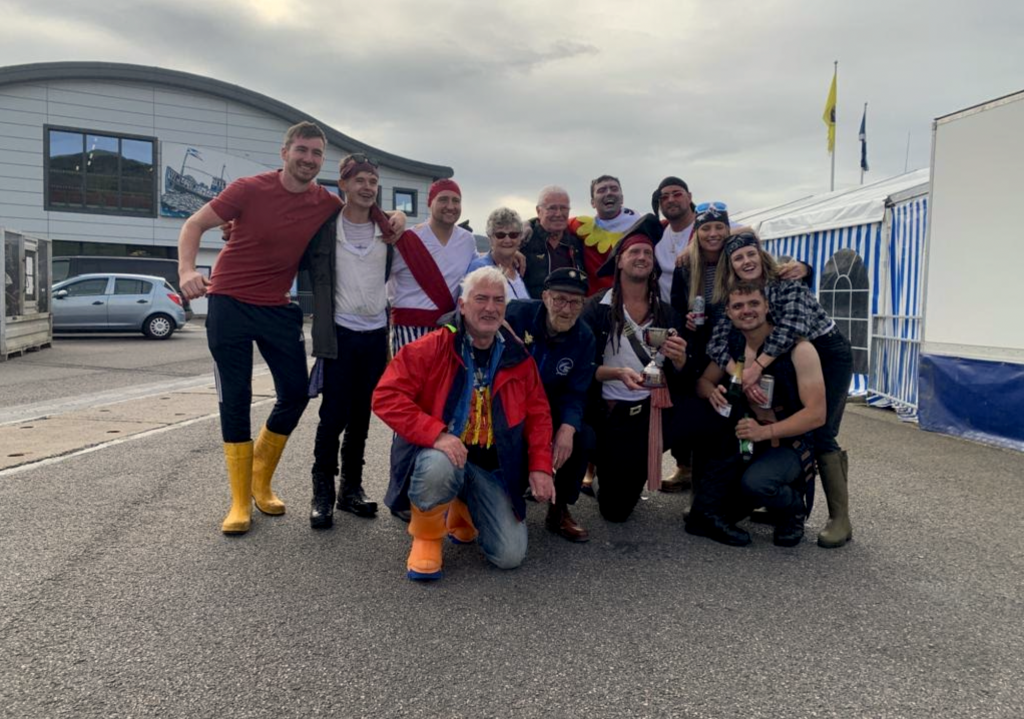
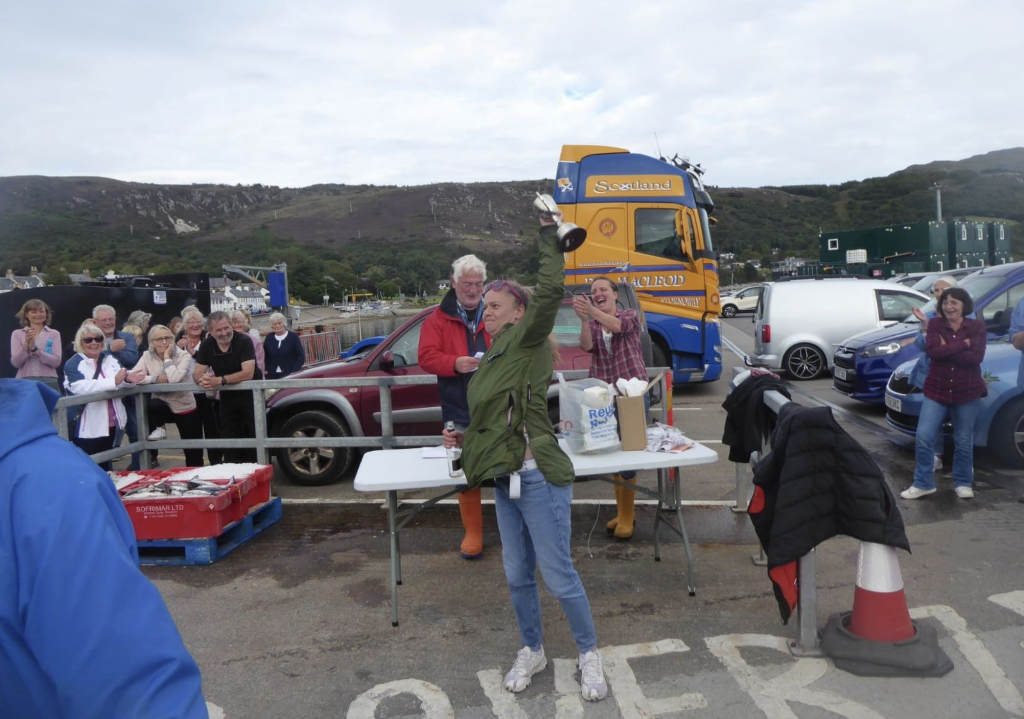
“Ullapool and Loch Broom were once famed for their skate”, Noel from Ullapool tells us. “Anglers from around the world would descend on the port to take part in an international tournament that saw dozens of skate landed – some up to 200 lbs. When skate numbers became very low, the competition was abandoned at the start of the 1980s.”
The skate was landed and released by Ullapool Smoke House owner Ian Boyd, 81, who himself had taken part in angling competitions in years past.
There are signs of skate numbers creeping up from the edge of oblivion.
What’s next for the skate? Will the governments MPA’s prove rigorous enough to pull them back from the precipice? Whatever happens, we anglers will see it.
Anglers are the eyes of the sea.
Ian Burrett
